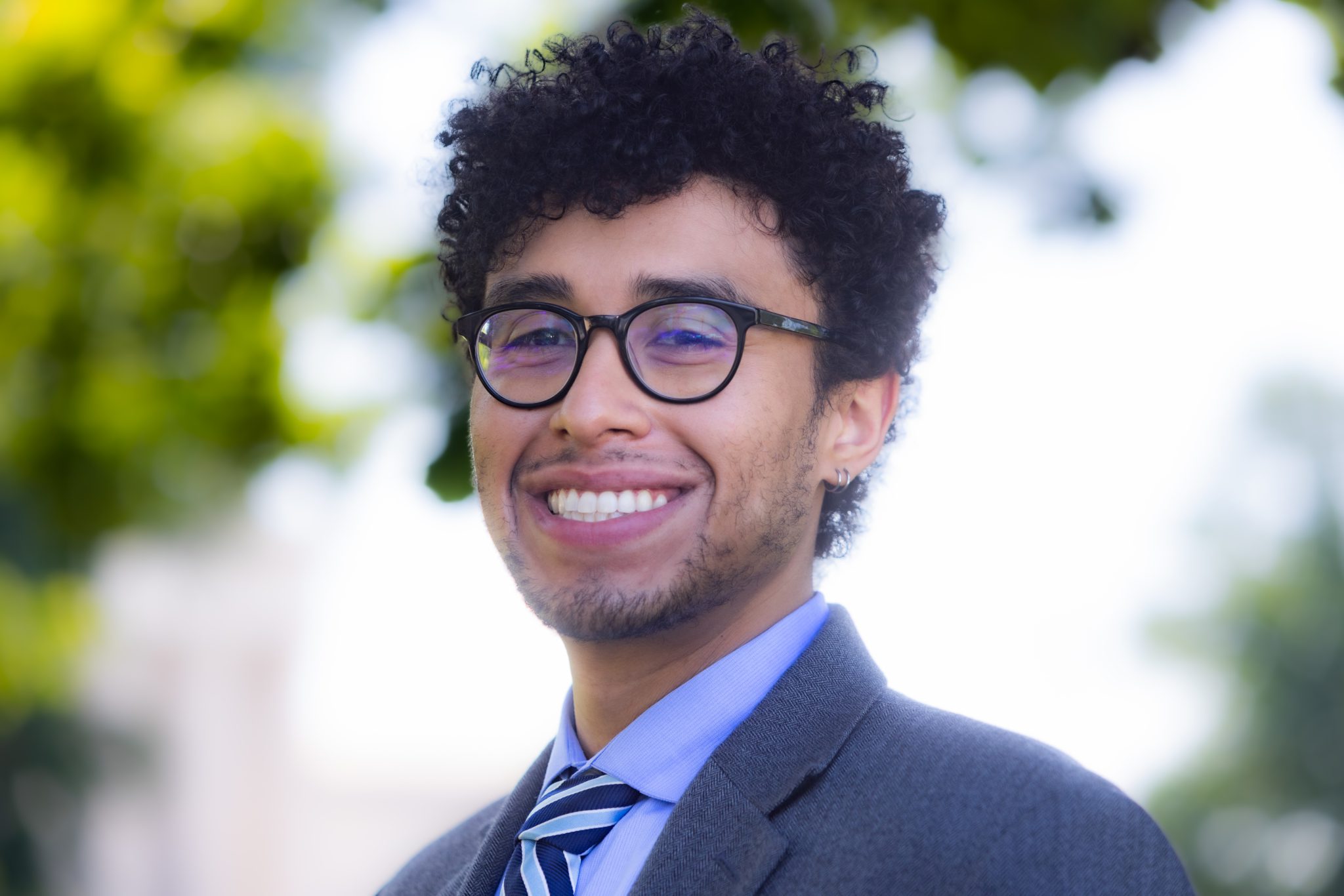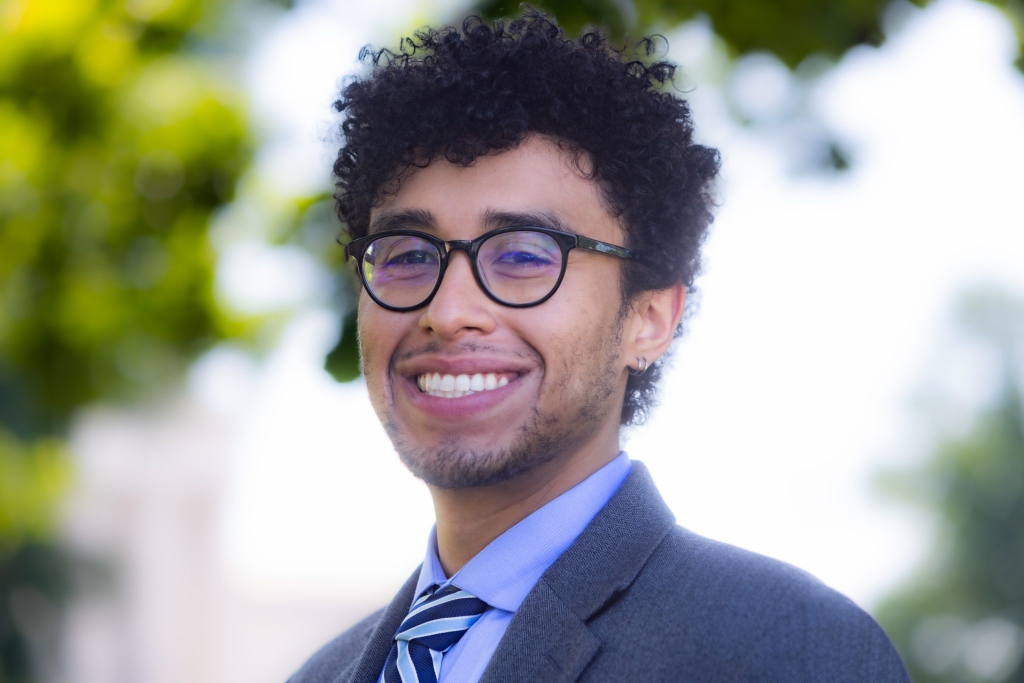
OUT ON THE HILL is the official blog of the Victory Congressional Interns. Views expressed do not necessarily reflect those of LGBTQ Victory Institute. Learn more about the internship at victoryinstitute.org/vci.
———————————–
If we have had the pleasure of meeting, you would know that my knowledge of sports is very limited. However, ask me about the rules of RuPaul’s Drag Race: All Stars and I am an encyclopedia. It is not that I dislike sports (I actually really enjoy playing volleyball). It is more that my feelings about sports have always been complicated because of the queerphobia I experienced as a child in these cis-heteronormative spaces. Moreover, like many queer folks, I attempted to use sports as a way to connect with a distant parent who was unsure how to honor my queerness. For most of my childhood and adult life, I felt like sports was a space where queerness, authenticity, and community could not be celebrated.
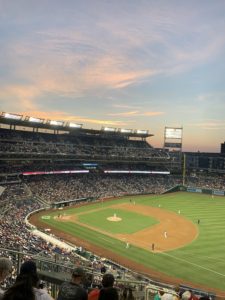 These feelings have changed in some ways after I attended Night OUT at Nationals Park with the rest of the internship cohort. For the seventeenth annual time, Team DC organized a night celebrating the LGBTQ+ community with queer folks taking over the baseball park. I am thankful for the baseball fans in the group who explained the rules because it never came from a place of judgment; they met me where I was. It was beautiful to see queer people from a variety of different professions and backgrounds share in community at a baseball game. For so long, I believed that was not possible for me to partake in. Seeing queer folks chatting and laughing in a traditionally hypetmasculine and homophobic space forced me to confront my preconceptions about baseball and the ways in which sports have the possibility to be sites of joy and community building for queer folks.
These feelings have changed in some ways after I attended Night OUT at Nationals Park with the rest of the internship cohort. For the seventeenth annual time, Team DC organized a night celebrating the LGBTQ+ community with queer folks taking over the baseball park. I am thankful for the baseball fans in the group who explained the rules because it never came from a place of judgment; they met me where I was. It was beautiful to see queer people from a variety of different professions and backgrounds share in community at a baseball game. For so long, I believed that was not possible for me to partake in. Seeing queer folks chatting and laughing in a traditionally hypetmasculine and homophobic space forced me to confront my preconceptions about baseball and the ways in which sports have the possibility to be sites of joy and community building for queer folks.
I know this from first-hand experience because a group of folks from the Victory Congressional Internship cohort played sand volleyball recently. We were all looking to be outside in the sun together. It was fun and light-hearted because no one was judged for their ability to serve or pass. I enjoyed myself because other folks from the park joined in, resulting in an amalgamation of players, both queer and non-queer. I felt safe because of the presence of other queer individuals on the court, a new feeling of belonging and comfort in the realm of sports. The creation of a space where queerness was honored and celebrated confronted my past experiences of discomfort and mistreatment— a necessary and transformative moment.
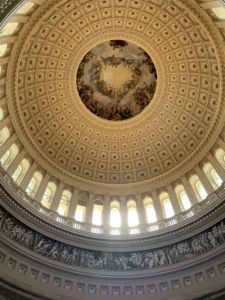 Despite these happy moments in the most unlikeliest of spaces, recently graduating from Georgetown University and beginning an internship on Capitol Hill as a queer man of color has been challenging. The overwhelming stares from white staffers, interns, and Capitol Police officers as I walk around register as “does he belong here…?” It is disheartening to speak to homophobic constituents and Americans from all over the nation who feel empowered to speak to a queer person in such harmful ways. The reality of the situation is that Capitol Hill is not unlike other spaces across this country: overwhelmingly white, hesitant towards queer folks and their needs, and intolerant of people of color. Thus, in an effort to center queer history and Black queer pioneers within liberation struggles, the internship cohort visited the Smithsonian National Museum of African American History & Culture. As I was walking through the exhibits, I found small pieces of Black queer history, but nothing substantial. There was an absence of their voices and intersectional lived experiences, resulting in histories that were devoid of the most passionate advocates, writers, and activists.
Despite these happy moments in the most unlikeliest of spaces, recently graduating from Georgetown University and beginning an internship on Capitol Hill as a queer man of color has been challenging. The overwhelming stares from white staffers, interns, and Capitol Police officers as I walk around register as “does he belong here…?” It is disheartening to speak to homophobic constituents and Americans from all over the nation who feel empowered to speak to a queer person in such harmful ways. The reality of the situation is that Capitol Hill is not unlike other spaces across this country: overwhelmingly white, hesitant towards queer folks and their needs, and intolerant of people of color. Thus, in an effort to center queer history and Black queer pioneers within liberation struggles, the internship cohort visited the Smithsonian National Museum of African American History & Culture. As I was walking through the exhibits, I found small pieces of Black queer history, but nothing substantial. There was an absence of their voices and intersectional lived experiences, resulting in histories that were devoid of the most passionate advocates, writers, and activists.
Over these last few weeks, I have been thinking about how we remember history and tell it truthfully. I had the pleasure of leading a group of constituents from my representative’s district on a tour of the Capitol. I was provided with a variety of historical facts, many of which never made it to the pages of my history books in middle school. I met the group in Emancipation Hall, a marble, sun-lit space named in honor of the Black slaves who built the Capitol. I took them through the Crypt and the Rotunda, both ransacked and desecrated by insurrectionists on January 6th. These spaces contain so much trauma and history, yet our nation is struggling to remember these historical truths and live with their continued ramifications.
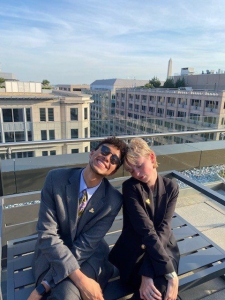 Thankfully, I know that I do belong in these spaces and that my queerness is valid because of the little pockets of hope that I have witnessed thus far. I am surrounded by queer folks who understand the cultural importance of Lady Gaga’s 2013 ARTPOP, prison abolition, and the necessity to invest in advocacy and mutual aid networks. These folks are working on Capitol Hill, a space that is intentionally built to delegitimize their existences. It is important that these queer people remain here and their needs and disabilities are accommodated; there is so much at risk when queer folks are absent from these spaces. This erasure of their needs and their lived existences reimagines harmful mechanisms of power, a repurposing of systems we are trying to deconstruct. Thus far, I am eager to continue working, hoping that these little pockets of hope keep me grounded in these spaces. I am cognizant of the rooms I enter, aware that my existence as a queer man of color is a form of resistance, a form of visibility.
Thankfully, I know that I do belong in these spaces and that my queerness is valid because of the little pockets of hope that I have witnessed thus far. I am surrounded by queer folks who understand the cultural importance of Lady Gaga’s 2013 ARTPOP, prison abolition, and the necessity to invest in advocacy and mutual aid networks. These folks are working on Capitol Hill, a space that is intentionally built to delegitimize their existences. It is important that these queer people remain here and their needs and disabilities are accommodated; there is so much at risk when queer folks are absent from these spaces. This erasure of their needs and their lived existences reimagines harmful mechanisms of power, a repurposing of systems we are trying to deconstruct. Thus far, I am eager to continue working, hoping that these little pockets of hope keep me grounded in these spaces. I am cognizant of the rooms I enter, aware that my existence as a queer man of color is a form of resistance, a form of visibility.
